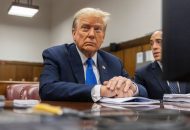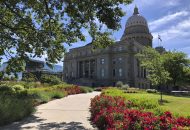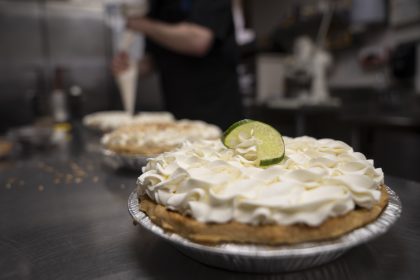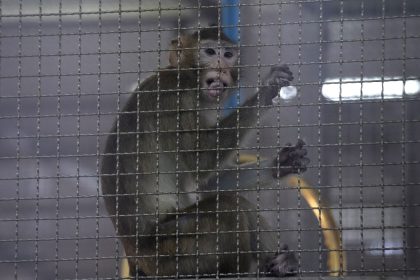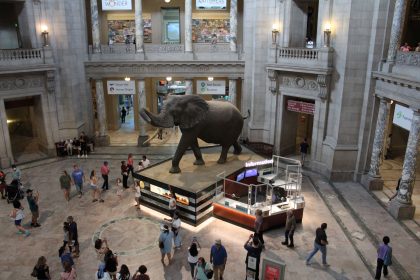Lawmakers Warned More Diseases Coming From Sick Wildlife

WASHINGTON — Animal disease experts at a congressional hearing Thursday described a bleak future for preventing wildlife viruses from jumping to humans before ballooning into pandemics without stronger government intervention.
Human encroachment into the habitats of wild animals along with global warming that stimulates conditions for their germs to spread mean COVID-19 is likely to be one of several outbreaks to ravage the world in the next few decades, according to expert witnesses at the hearing.
“It’s very easy to believe that the risk of pandemic is somebody else’s problem,” said Colin Carlson, an assistant professor of biology at Georgetown University.
Carlson co-authored a recent United Nations Intergovernmental Panel on Climate Change report that said climate change leaves little time for an international effort to stop it, including the possibility new viruses among animals will spill over to humans.
Disease spillover to people, also known as zoonosis, already has produced severe cases of influenza, HIV, Ebola and now coronavirus.
Along with warming temperatures, “The landscape of risk is changing very quickly,” Carlson told the House Natural Resources Subcommittee on Oversight and Investigations.
“Sixty-seven percent of emerging infectious diseases in humans come from animals,” said Rep. Katie Porter, D-Calif., chairwoman of the subcommittee.
Lawmakers are gathering information for new legislation aimed at tracking diseases borne by wildlife, she said.
Responsibility for monitoring the diseases is divided among the U.S. Geological Survey, the U.S. Fish and Wildlife Service, the U.S. Agriculture Department and the Centers for Disease Control and Prevention.
A small part of the Biden administration’s $1.9 trillion American Rescue Plan Act is dedicated to animal disease tracking. The funding increased after the emergence of COVID-19 two years ago, apparently from sickened bats in Wuhan, China.
As the warnings from experts become more ominous, lawmakers want to know whether the funding levels should go up again. They also want assurances the effort will be well coordinated, rather than duplicated among agencies.
Until now, watching for diseases in wildlife often was left to state agencies. Porter suggested a bigger federal role to coordinate the effort and to make it more efficient.
“Wildlife-borne diseases do not know state boundaries,” she said.
Rep. Jody Hice, R-Ga., wanted guarantees the taxpayer money would be well spent.
“There are no metrics to determine the overall value,” Hice said.
Anne E. Kinsinger, an associate director of ecosystems for the U.S. Geological Survey, agreed pinning down the value of every dollar spent was difficult but said the agency’s procedures and technologies demonstrate the program’s value.
The U.S. Geological Survey operates a National Wildlife Health Center in Madison, Wisconsin, which includes a wildlife disease database. It gathers information from state and federal agencies to determine disease hotspots that could spread to humans.
Deer ticks that can spread Lyme disease to humans are an example. Growing evidence suggests wildlife and domesticated animals that contracted the coronavirus might help explain why the pandemic has dragged on for years.
The wildlife health center is increasingly using genetic coding to figure out when animal diseases are likely to spill over to humans, Kinsinger said.
“I believe greater [biological] surveillance could help in warning about the risk,” she said.
The Oversight and Intelligence Subcommittee held its hearing a day after the magazine Nature published a scientific article that documented the trend toward wildlife disease spreading to humans.
“Surprisingly, we find that this ecological transition may already be underway, and holding warming under 2°C within the century will not reduce future viral sharing,” the Nature article says. “Our findings highlight an urgent need to pair viral surveillance and discovery efforts with biodiversity surveys tracking species’ range shifts, especially in tropical regions that harbor the most zoonoses and are experiencing rapid warming.”
The U.S. death toll from COVID-19 already has exceeded one million by some medical counts. Worldwide, the World Health Organization’s official tally is 6.2 million deaths but says it could top 15 million.
Tom can be reached at [email protected] or on Twitter at https://twitter.com/tramstack










